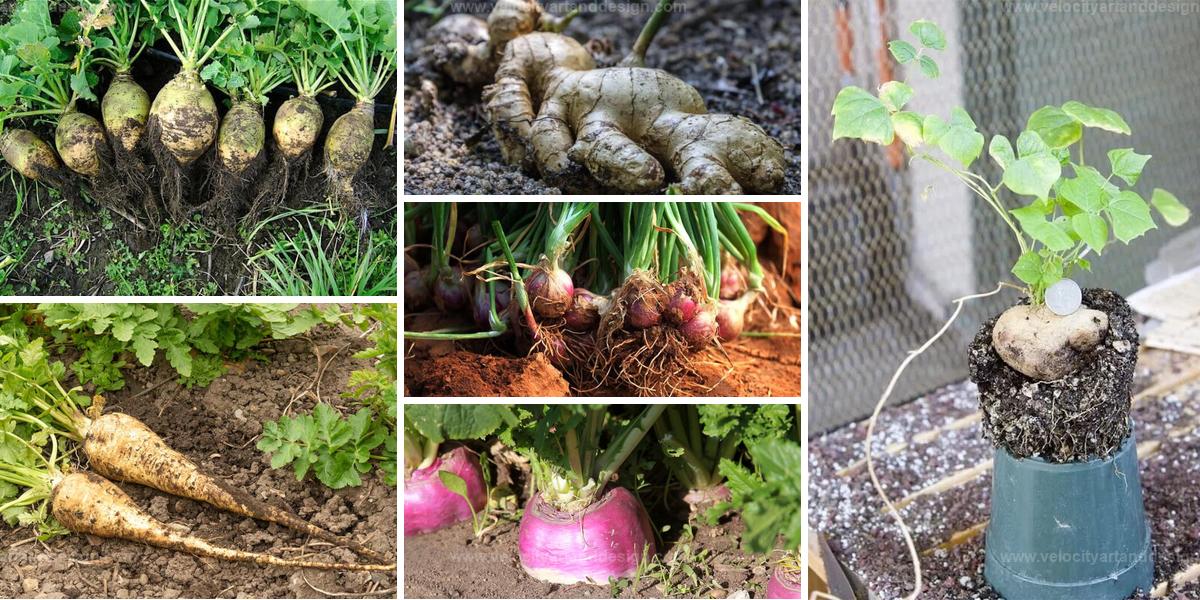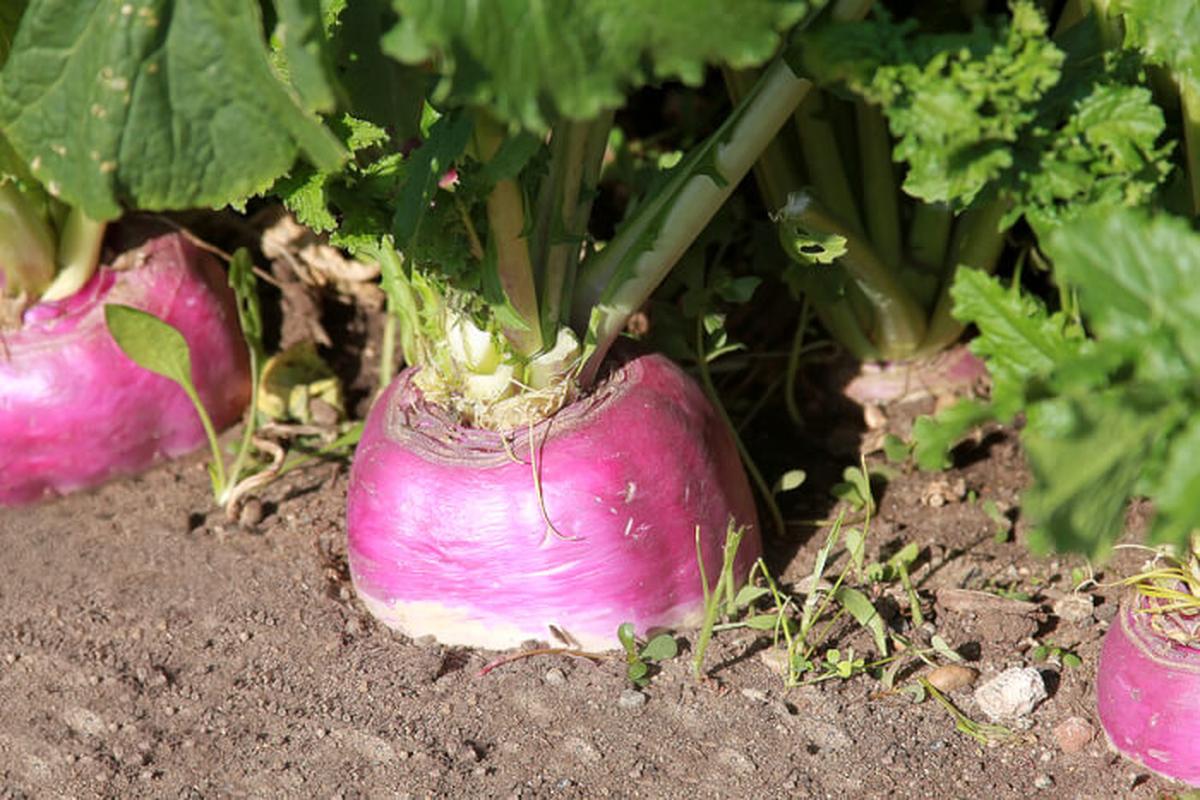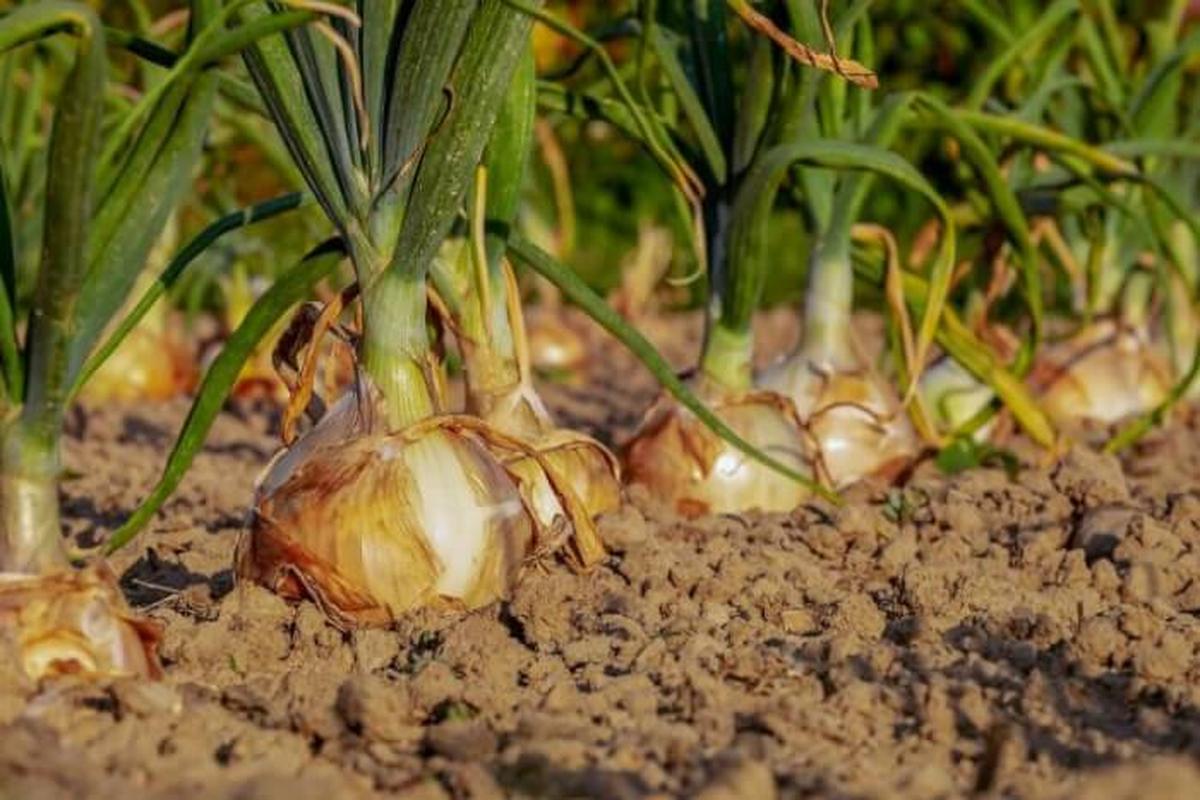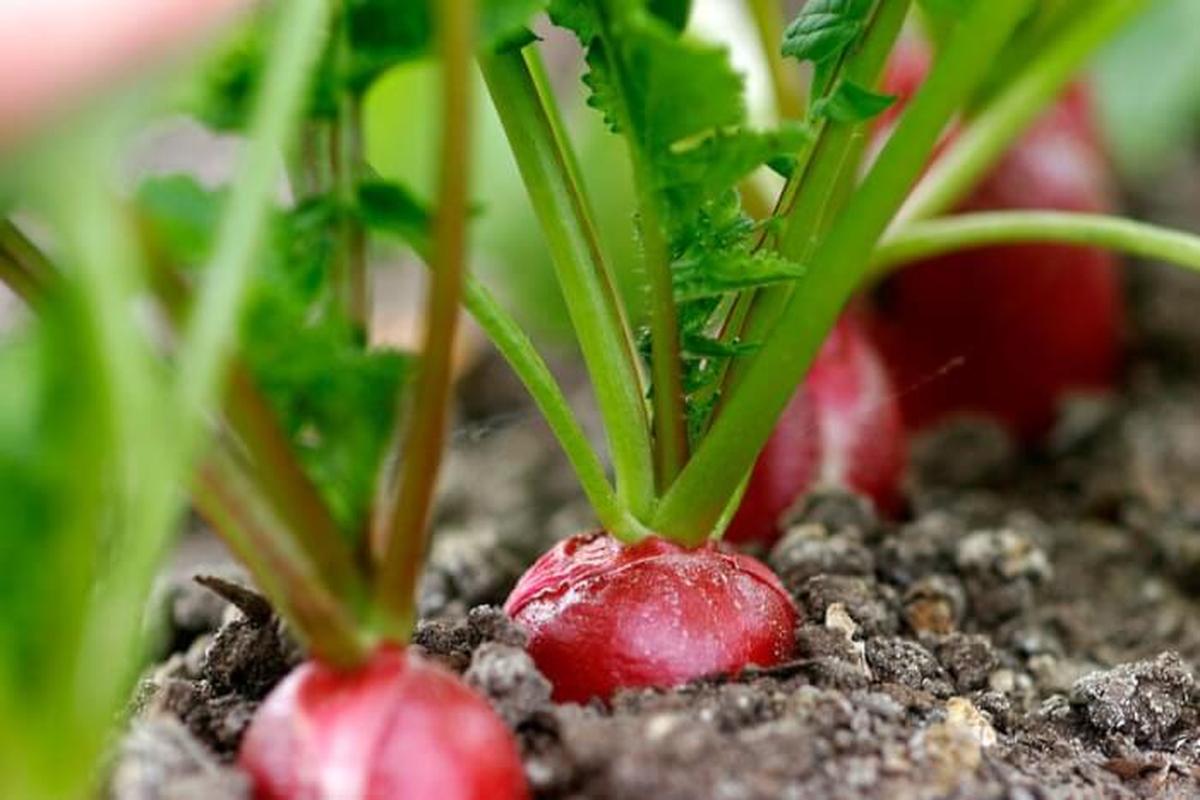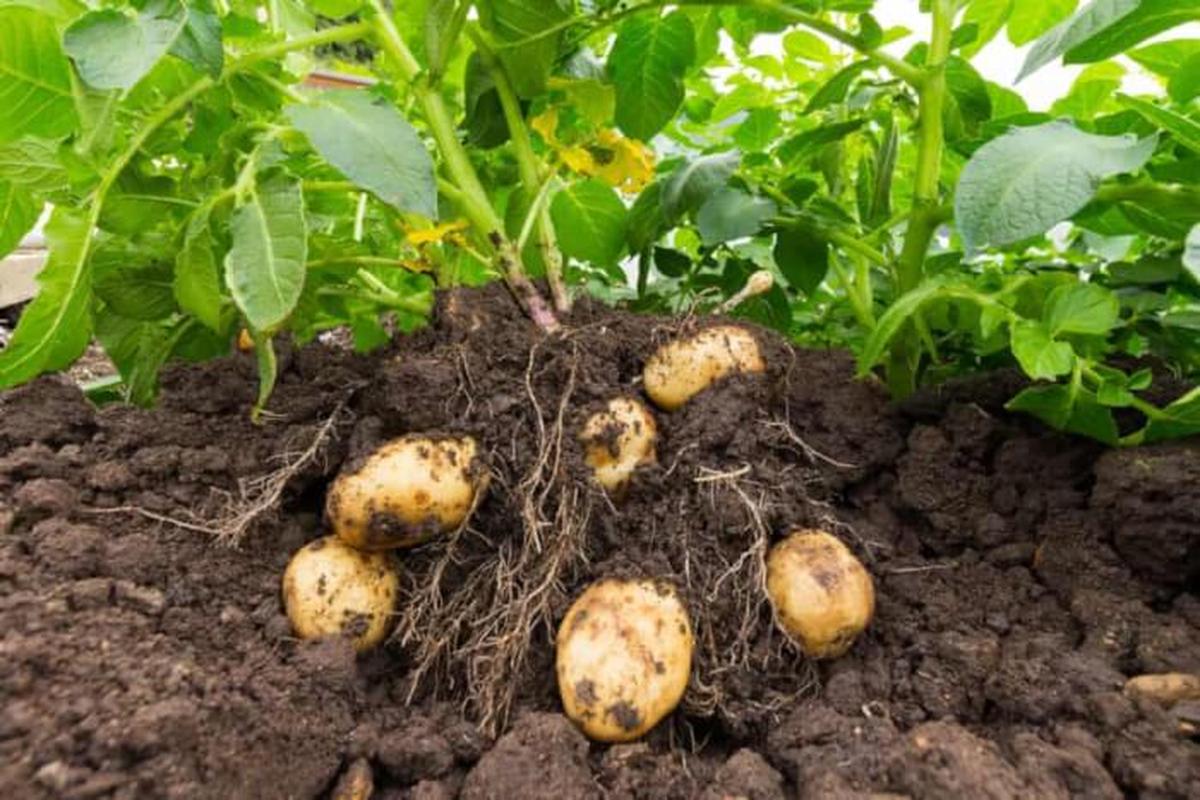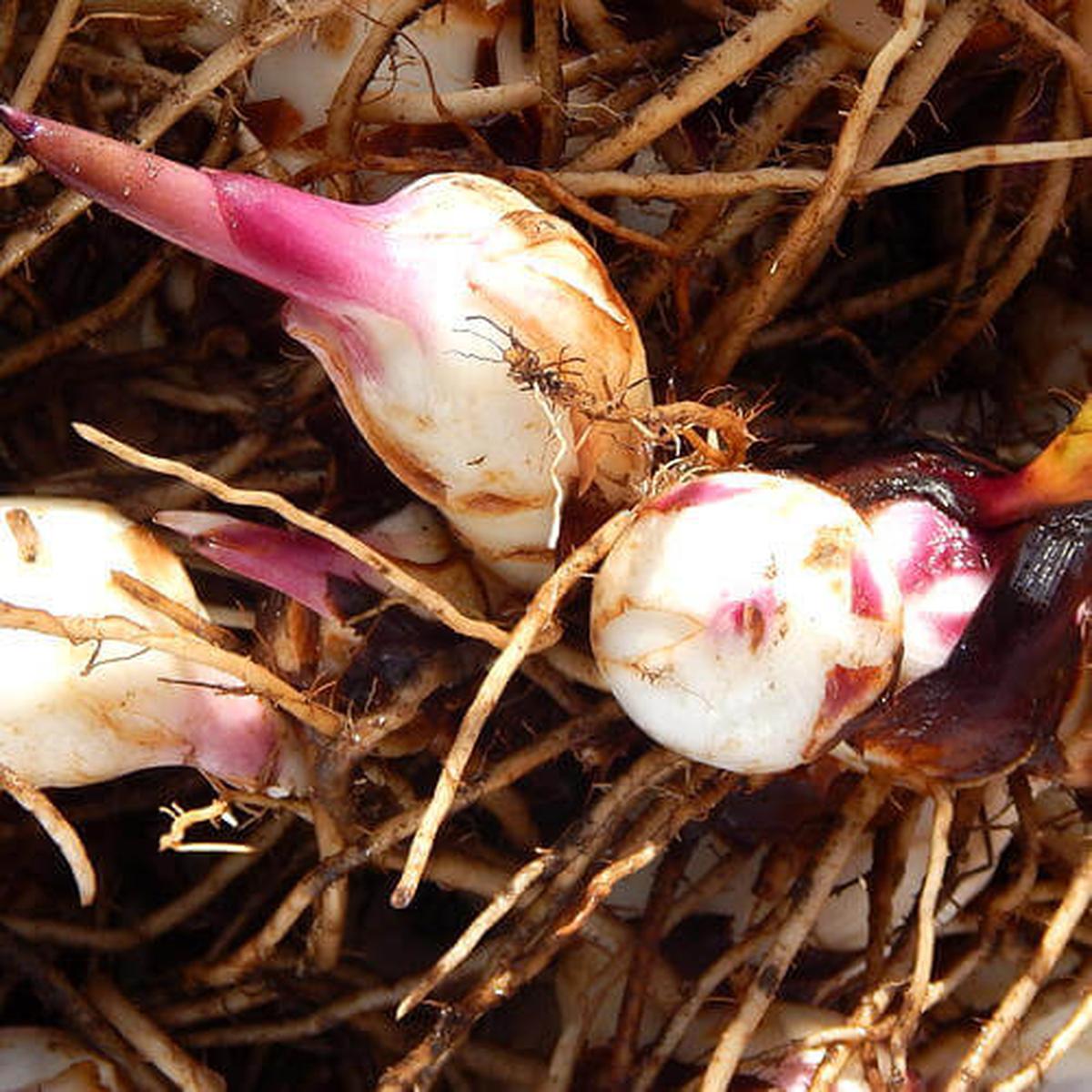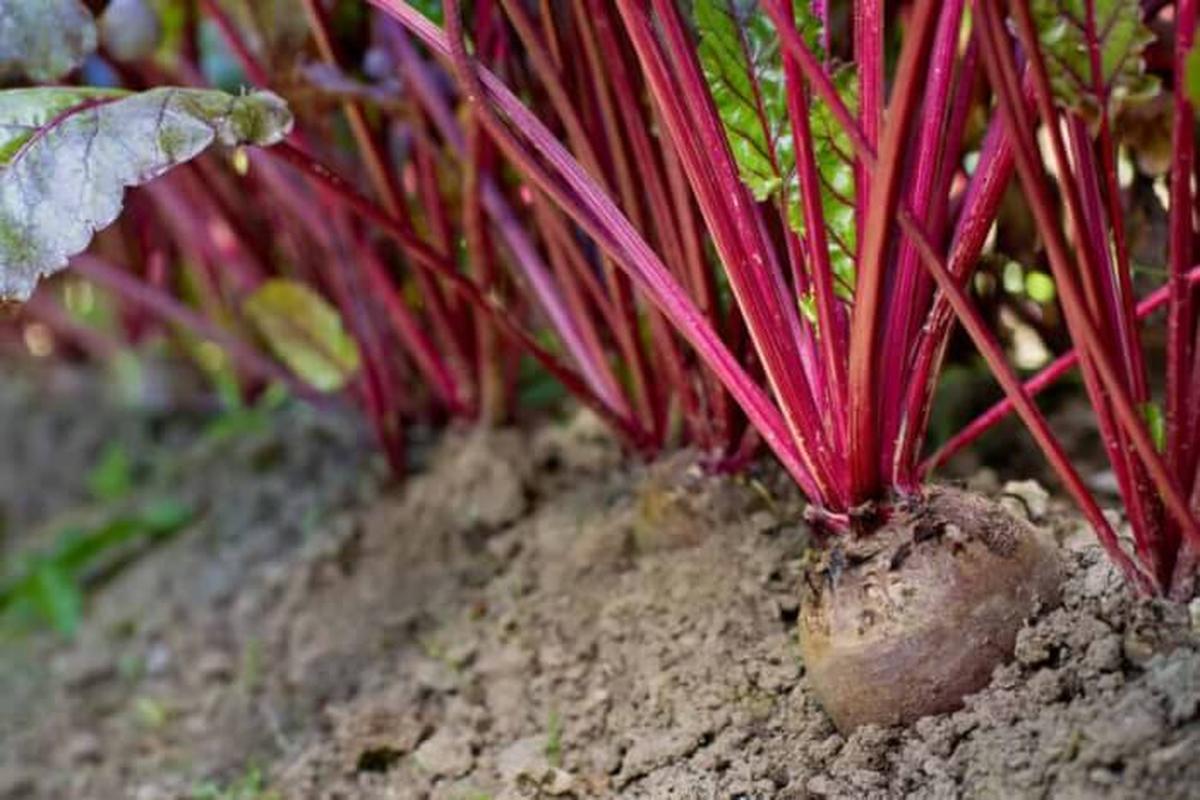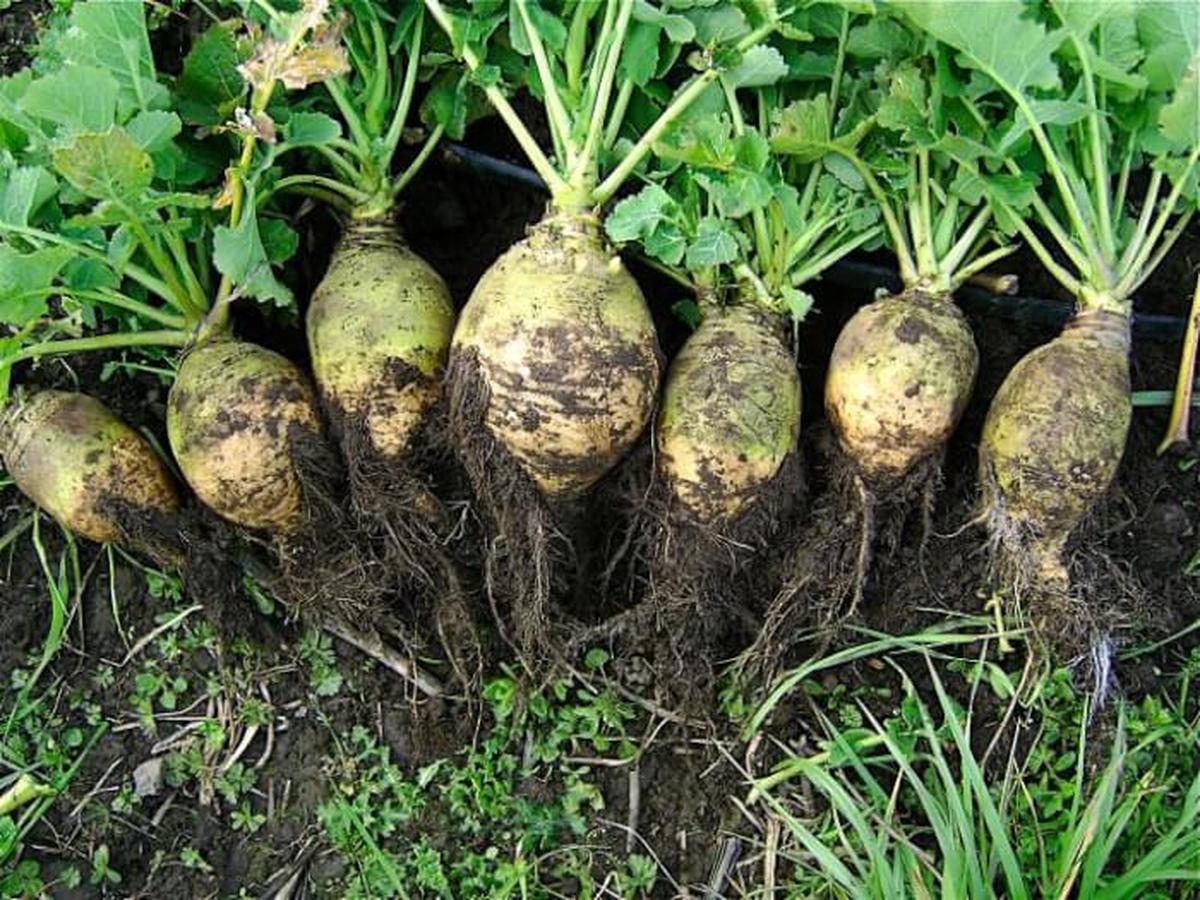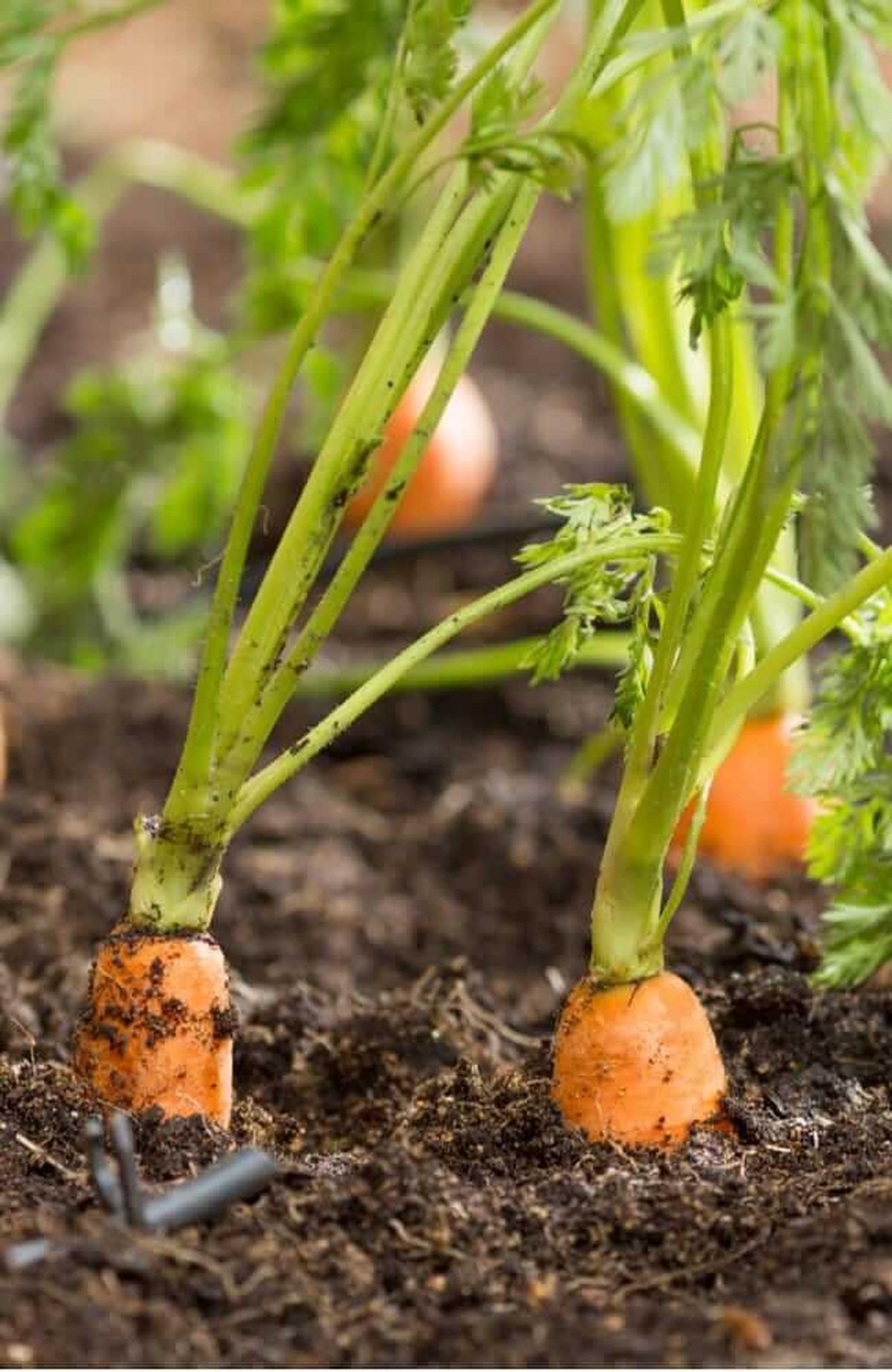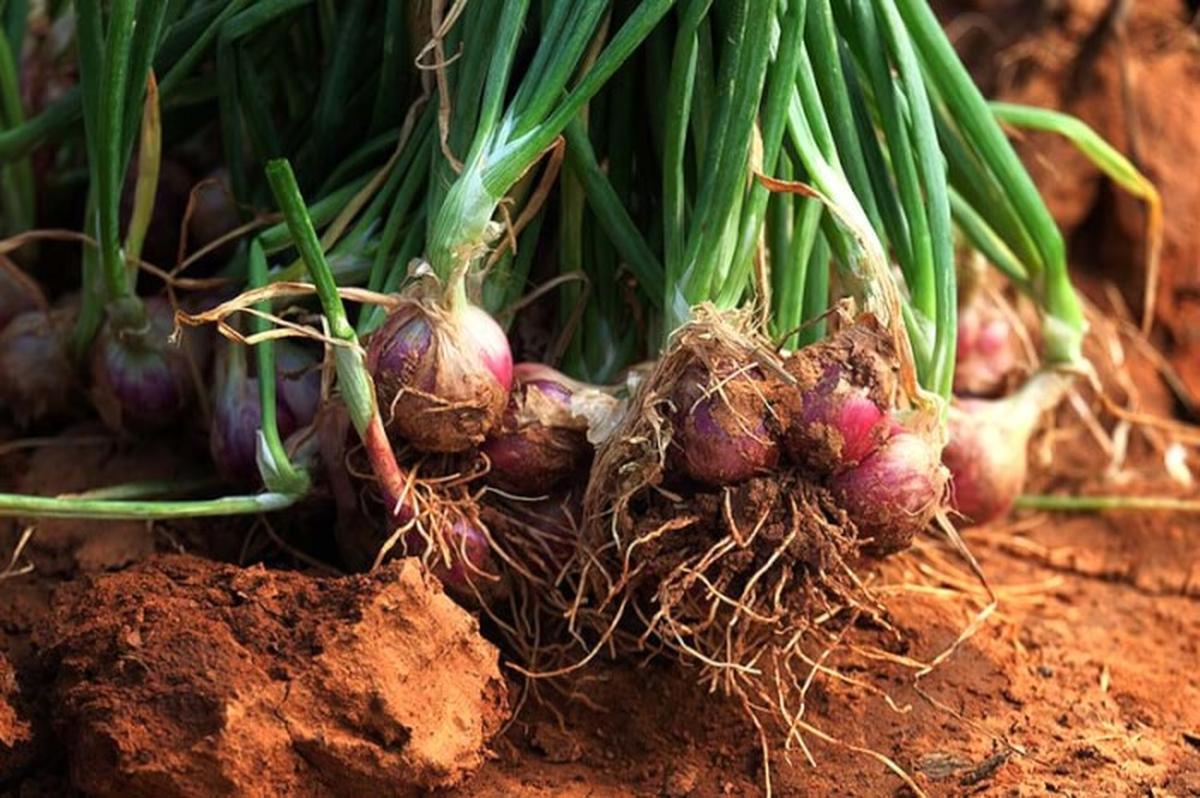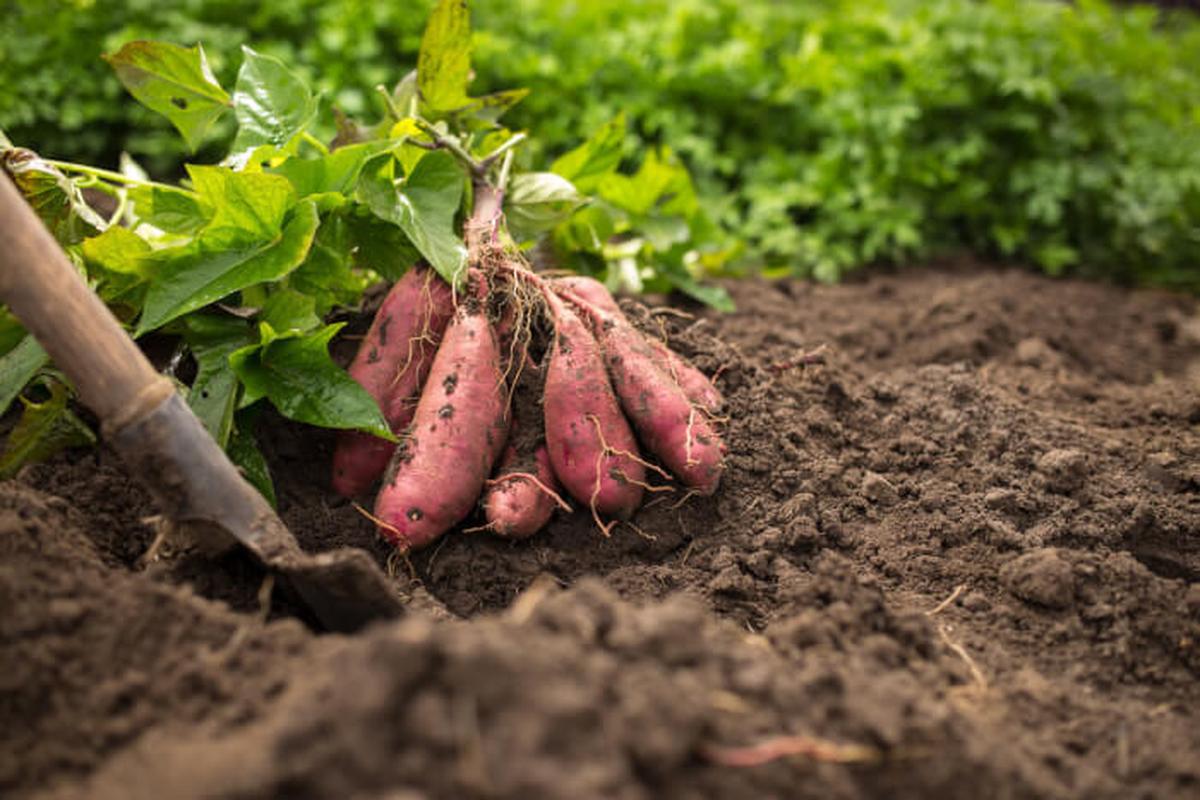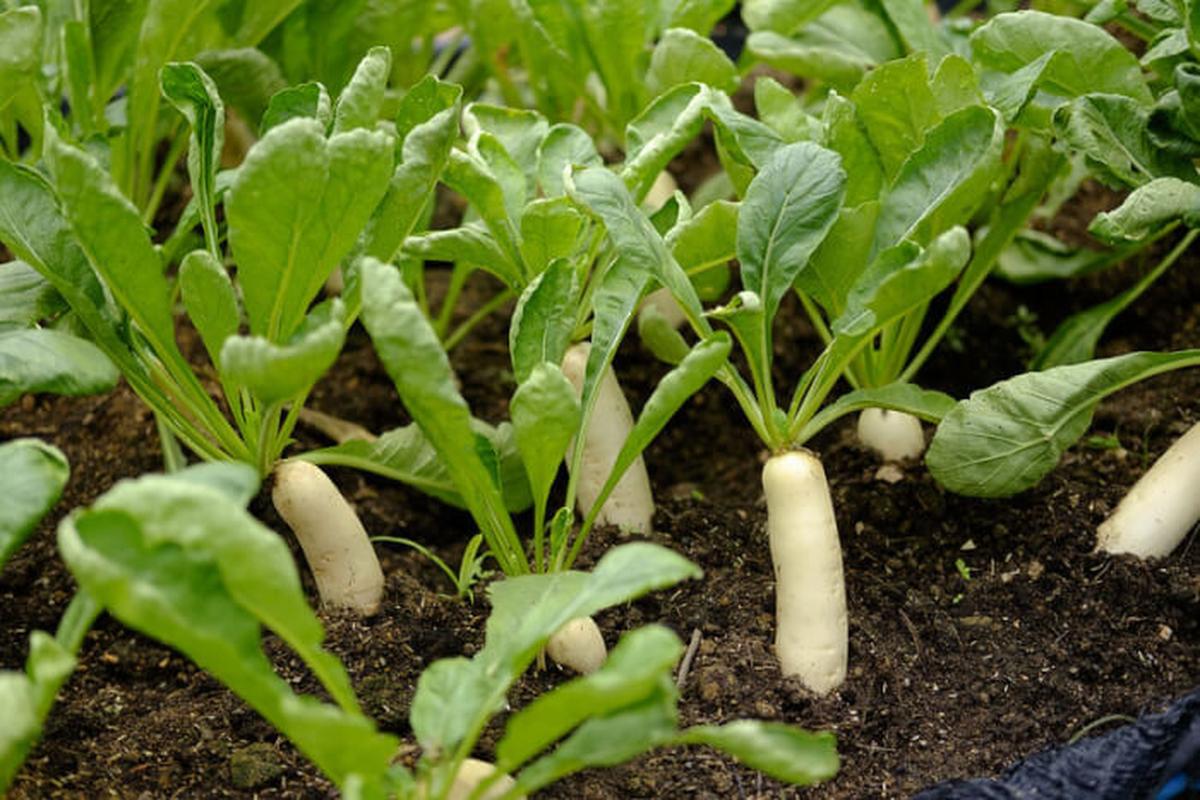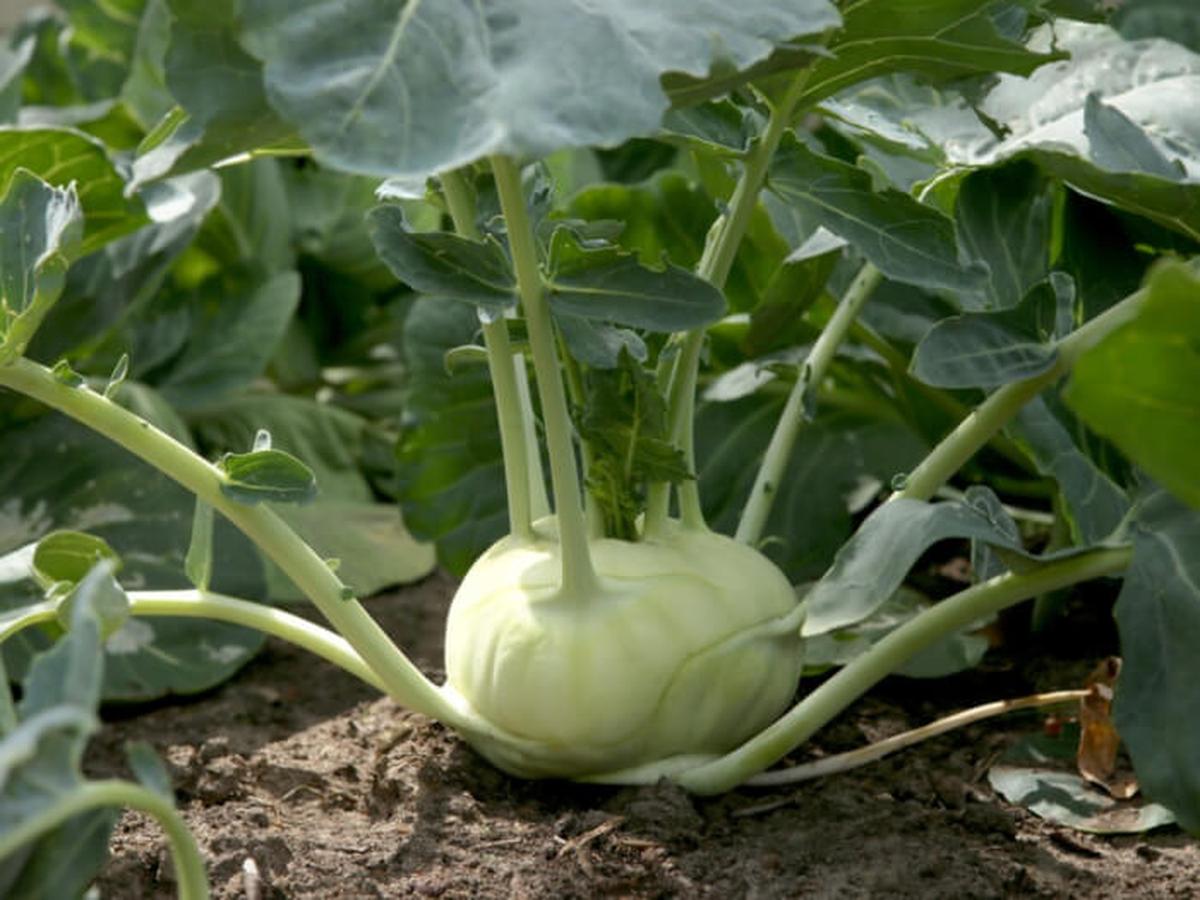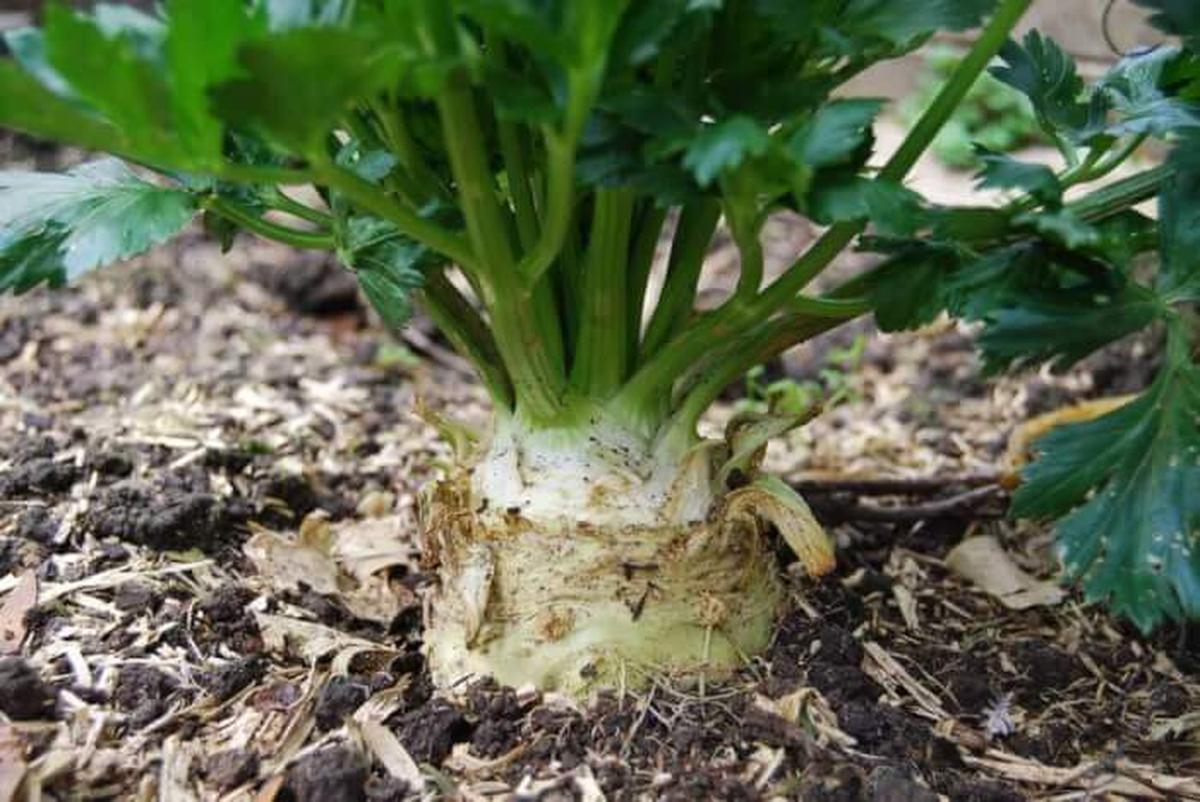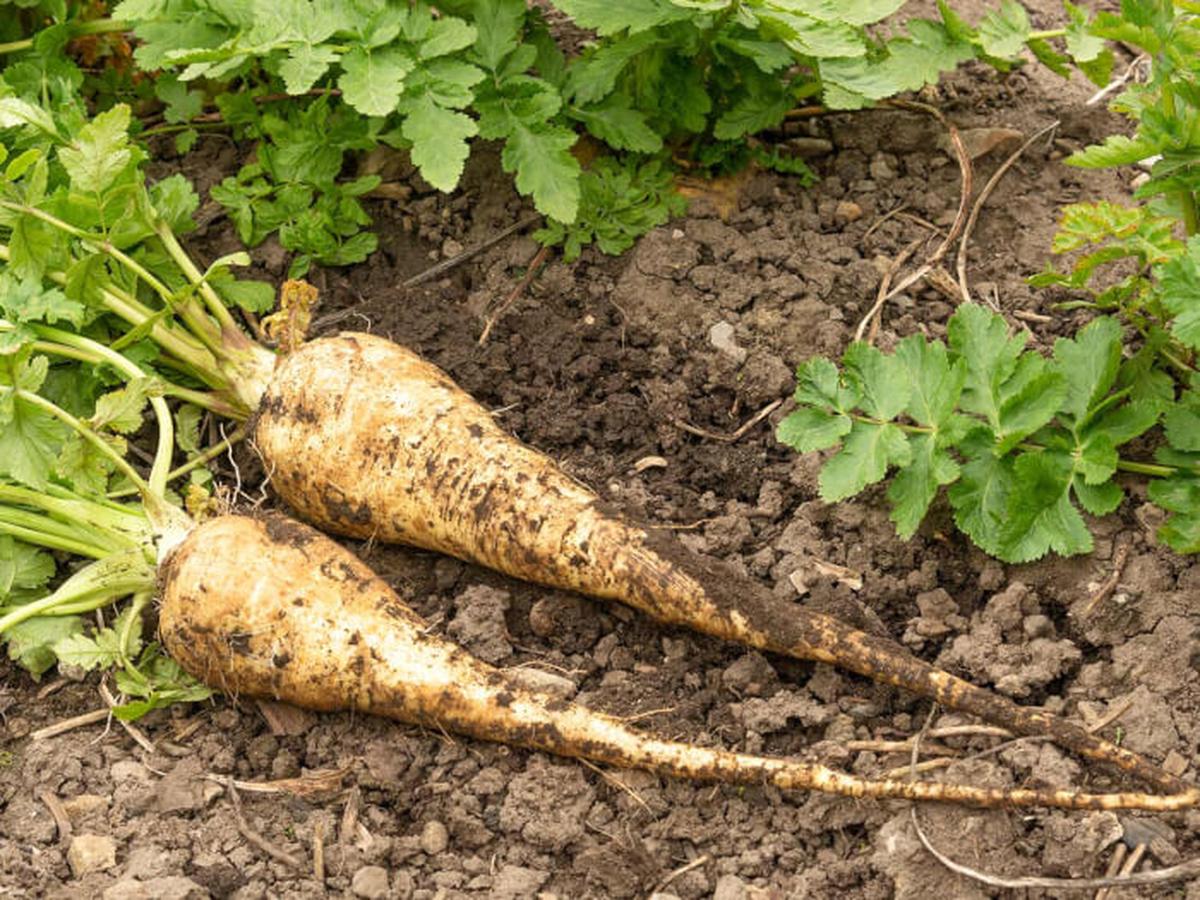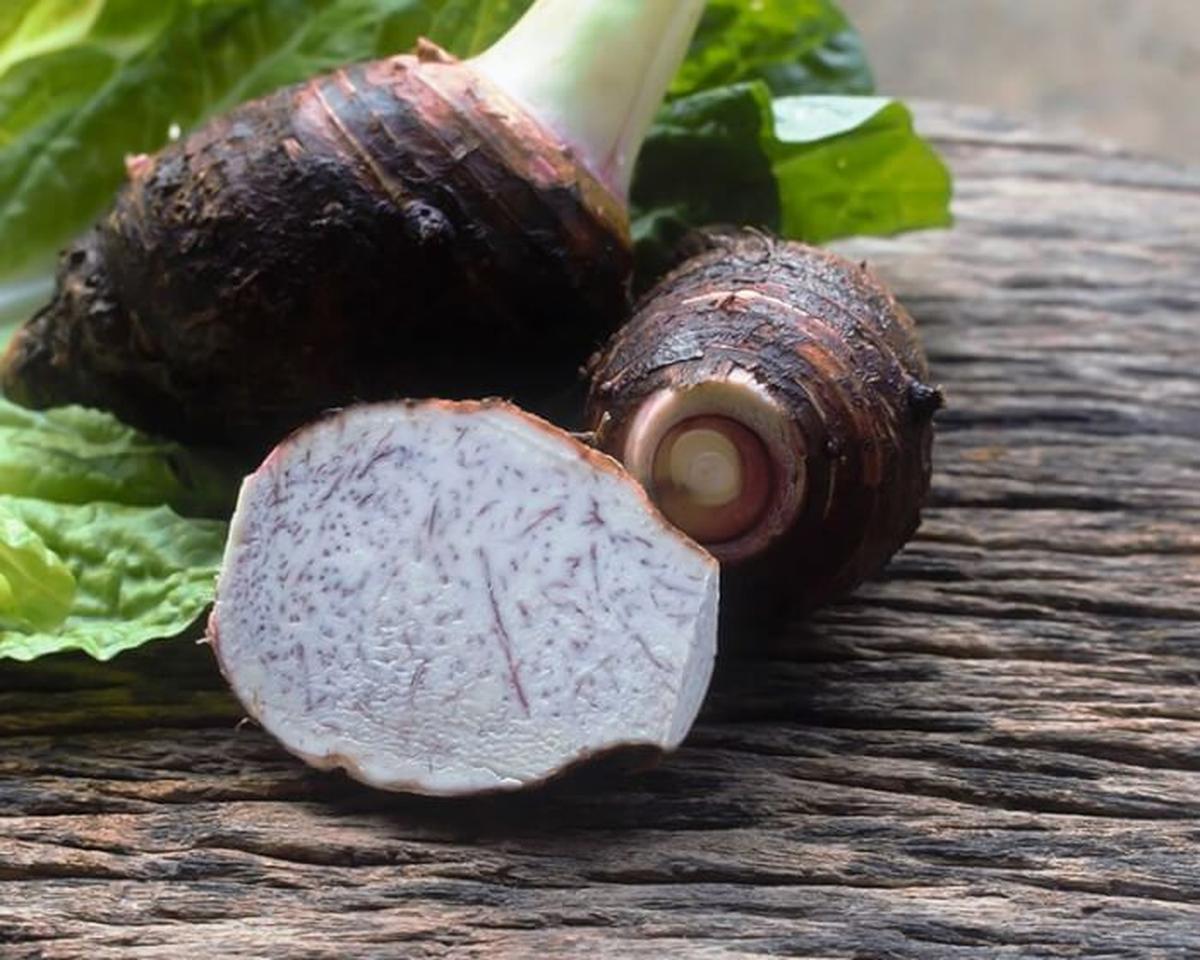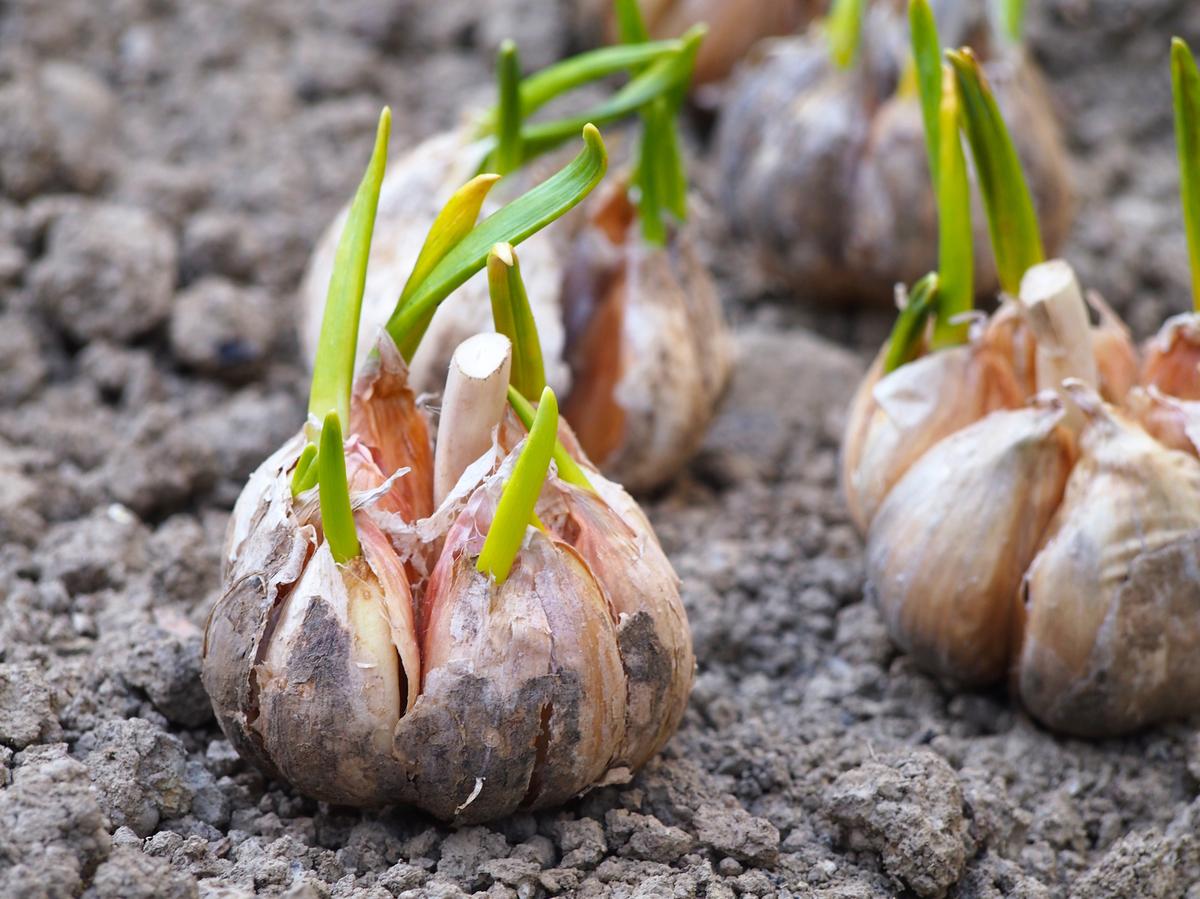19 Root Vegetables with Amazing Taste to Add to Your Meals
Root vegetables are versatile, delicious, and packed with nutrients, making them an excellent addition to a variety of dishes.
From classics like carrots and potatoes to unique roots like salsify and jicama, each of these 19 root vegetables brings its own flavor and texture to your meals.
Perfect for roasting, stews, or even raw, these tasty vegetables are worth exploring if you’re looking to add depth and richness to your cooking.
Dive into this list to discover new root veggies that might become your next favorite.
Turnip
Turnip thrives in cool weather, making it ideal for early spring planting. Its roots mature quickly, providing a peppery addition to meals, from salads to roasted dishes.
The leafy greens are also edible, adding another dimension to this versatile vegetable. Both root and leaf bring unique flavors and a healthy boost to your kitchen.
Onion
Onion grows easily from seeds, small bulbs, or transplants, making it a staple in gardens worldwide. This vegetable is essential in cooking, enhancing flavors with its pungent aroma and taste.
You can harvest onions at various stages, from green onions to mature bulbs, allowing for fresh ingredients year-round. Its layers bring depth to a range of dishes and elevate culinary experiences.
Radish
Radish is a quick-growing crop that thrives directly in garden soil, maturing in just a few weeks. Known for its crisp texture and peppery taste, radish is perfect for fresh salads or pickling.
The bright colors add visual appeal, while the rapid harvest cycle means you can enjoy this spicy snack almost anytime. With minimal care, radishes bring a splash of flavor and color to your plate.
Potato
Potato is a staple that grows quickly and provides a high yield when planted deeply in soil. Each plant produces multiple tubers, making it ideal for home gardeners looking for a substantial harvest.
Potatoes are endlessly versatile, whether baked, mashed, or fried, offering both nutrition and comfort. This hearty vegetable is a home garden favorite for its abundance and adaptability.
Cassava
Cassava, a rich source of carbohydrates, grows well in warm climates and produces starchy tubers after about 14-18 months. Its adaptability makes it a crucial crop in many parts of the world, providing sustenance and energy.
Cassava’s neutral flavor allows it to be used in various dishes, from savory to sweet, contributing texture and filling nutrition to meals.
Arrowroot
Arrowroot grows well in warm climates and brings a mild, nutty flavor to dishes. Its starch is ideal for thickening sauces and desserts, adding smooth texture without altering flavor.
This tropical plant’s root is easy to grow, providing a gluten-free alternative for various culinary creations, making it a unique addition to any garden.
Beet
Beet thrives in cooler weather and adds an earthy sweetness to salads, juices, and roasts. Its vibrant color makes it visually appealing, and it’s packed with nutrients that support cardiovascular health.
Beets are easy to grow, transforming simple dishes with their unique taste and adding a healthy, colorful twist to your meals.
Jicama
Jicama’s crisp texture and mild sweetness make it a refreshing snack, often enjoyed raw or in salads. It grows well in tropical climates and offers a unique crunch similar to apples.
This tuber is high in fiber and vitamin C, adding a healthful, hydrating element to meals. Jicama’s adaptability makes it a delightful addition to both savory and sweet dishes.
Rutabaga
Rutabaga combines qualities from both turnips and cabbage, resulting in a hardy, flavorful root. Its large, round tubers are deliciously sweetened by cool weather, making it perfect for roasting or mashing.
Rutabagas are highly adaptable, easy to store, and offer a nutritious option for hearty winter meals. This root vegetable’s unique flavor adds depth to cold-weather dishes.
Carrot
Carrot, a cool-weather favorite, grows best with plenty of sunlight and produces bright, crunchy roots rich in beta-carotene. This versatile vegetable can be eaten raw, roasted, or added to soups, bringing sweetness and nutrition to meals.
Carrots are beloved for their ease of growth and colorful, refreshing crunch, making them a staple in both gardens and kitchens.
Shallot
Shallot belongs to the onion family but brings a gentler, slightly sweet flavor that enhances gourmet dishes. The bulbs can be harvested when fully grown, while the leaves add a subtle taste to salads and dressings.
Shallots are prized in culinary circles for their delicate flavor, providing an elegant twist on standard onions in recipes.
Ginger
Ginger, with its warm, aromatic spice, thrives in tropical climates and is ready for harvest when its leaves yellow, around eight to ten months. Its rhizome, known for medicinal properties and digestive benefits, is widely used in teas, dishes, and remedies.
Ginger adds a distinct, invigorating flavor that enlivens meals and beverages alike.
Sweet Potato
Sweet potato prefers warm weather and requires about four months to mature, yielding a crop rich in fiber and vitamins. This tuber adds a sweet, earthy flavor to dishes and can be baked, mashed, or roasted.
Sweet potatoes are perfect for healthy meals, as they combine natural sweetness with a host of nutrients. Their vibrant orange color brightens plates and enhances the dining experience.
Daikon
Daikon, a member of the radish family, has a crisp texture and mild flavor that’s perfect for salads and pickling. It prefers moist conditions for the best taste, as drier environments can make it pungent.
Daikon’s unique taste and versatility make it popular in Asian cuisine, where it adds refreshing crunch and a subtle peppery flavor.
Kohlrabi
Kohlrabi thrives in sunny areas and is easy to grow, producing round bulbs with a mild, slightly sweet taste. The texture is similar to broccoli stems and can be enjoyed raw in salads or cooked in soups.
Kohlrabi is loved for its crunchy, refreshing quality and provides a nutritious option for various culinary uses.
Celeriac
Celeriac, a knobby root vegetable, brings a mild, celery-like flavor that enhances soups, stews, and salads. It grows best in full sun and adds a distinctive taste to hearty dishes.
Celeriac is a wonderful alternative to potatoes, offering both flavor and nutritional benefits, making it an excellent addition to winter recipes.
Parsnip
Parsnip resembles carrot but brings a sweet, nutty flavor that intensifies after frost exposure. This root vegetable thrives in cool weather, especially benefiting from winter’s cold, which converts its starches into sugars.
Parsnips enhance stews and roasts with a distinct flavor, offering a rich, comforting addition to winter recipes.
Taro
Taro is a starchy vegetable that grows well in warm, bright settings and adds a distinct flavor to dishes. Both leaves and tubers are edible, with the leaves often cooked like spinach.
Taro offers a creamy texture and is commonly used in savory and sweet dishes, bringing unique flavor and versatility to the table.
Garlic
Garlic is simple to grow, even in pots, and packs health benefits with its high vitamin C, B6, and mineral content. This pungent bulb enhances countless dishes, from soups to pasta, bringing a sharp, savory taste.
Garlic’s medicinal properties make it a valuable addition to both kitchens and home remedies, promoting wellness with every clove.

